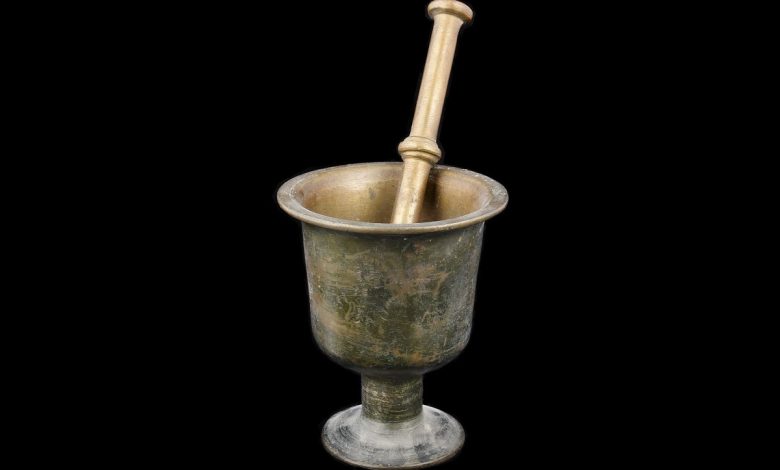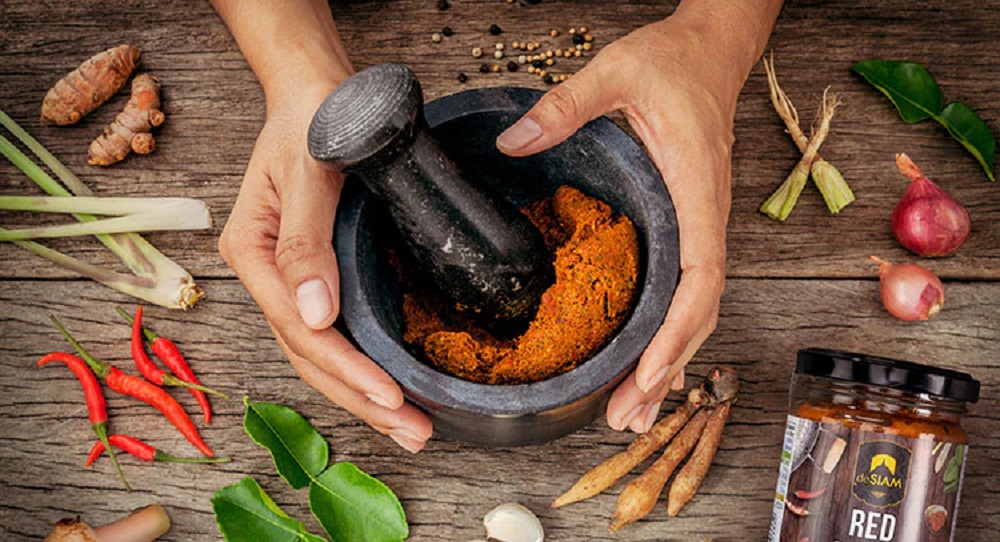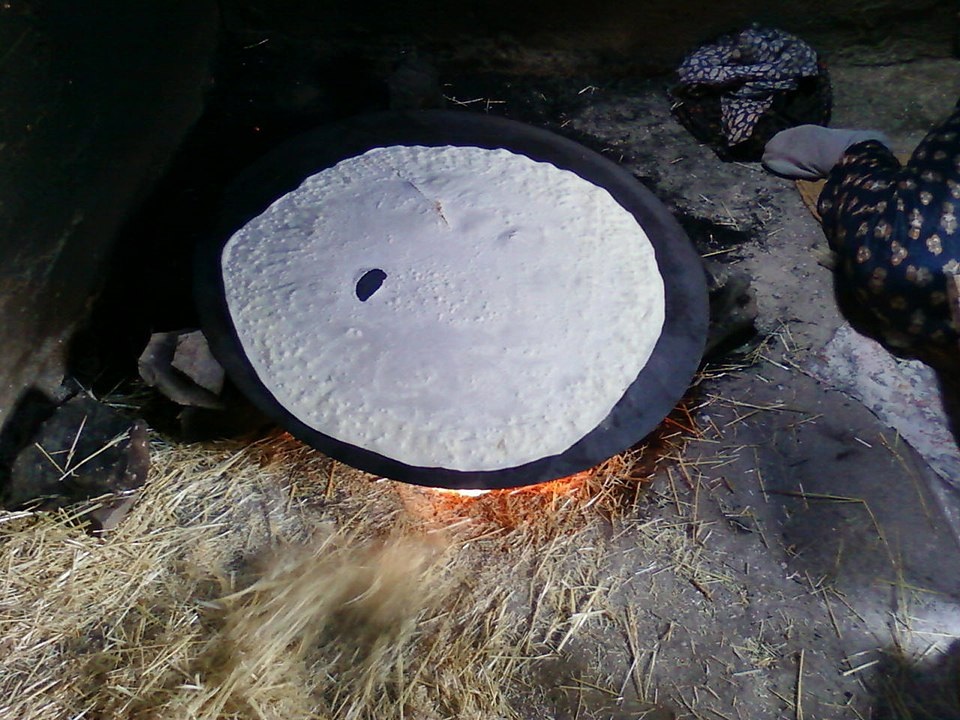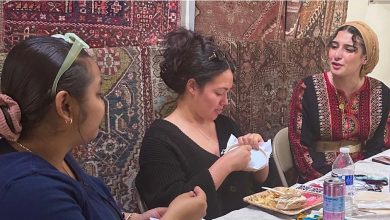Traditional Arabic Cooking Tools: Preserving Culinary Heritage Through the Mortar, Sieve, and Saj
Discover the timeless tools that shaped generations of Arab cuisine — from grinding spices to baking flatbreads.

Traditional Arabic cooking is rich in flavor, culture, and heritage. For centuries, Arab households have relied on a set of essential tools that not only served practical cooking functions but also carried symbolic and social meaning. Among these tools, the mortar (الهاون), sieve (النخل), and saj (الصاج) stand out for their historical significance and continued use in many homes across the Arab world.
1. الهاون – The Mortar and Pestle
The mortar, known as al-haawn in Arabic, is a heavy bowl usually made of brass, stone, or wood, used to manually grind spices, herbs, and grains. Its accompanying pestle allows cooks to control the texture and aroma of ingredients, especially in preparing spice mixes like za’atar, baharat, or garlic pastes. The rhythmic pounding in the kitchen is a nostalgic sound for many, often linked to family gatherings and traditional dishes.
2. النخل – The Sieve
The sieve, or al-nakhl, is used to separate flour, semolina, or bulgur by fineness. Crafted from wood and fine mesh or hair in older models, the sieve is essential in traditional baking, especially for making smooth doughs for maamoul or taboon bread. In many regions, sieving is also a communal activity, part of preparing for major feasts and religious celebrations like Eid or Ramadan.

3. الصاج – The Saj Griddle
The saj is a large, round metal griddle used over an open flame to bake thin flatbreads, such as markook, shrāk, or khubz saj. The saj is often placed outdoors or on a special stand, and requires skill to handle the thin dough with a wooden rolling pin and spread it evenly. It’s a beloved tool not just for its practicality but also for its role in bringing people together — saj baking is often a social event, especially in rural and Bedouin communities.

Cultural Importance:
These tools aren’t just culinary instruments — they reflect the values of patience, skill, and community in Arab culture. Today, while modern appliances have become common, many families still pass down these traditional tools as heirlooms, and some chefs are reviving their use in professional kitchens to reconnect with authentic methods.



